Year 8 Area and Perimeter Worksheets
Area and Circumference
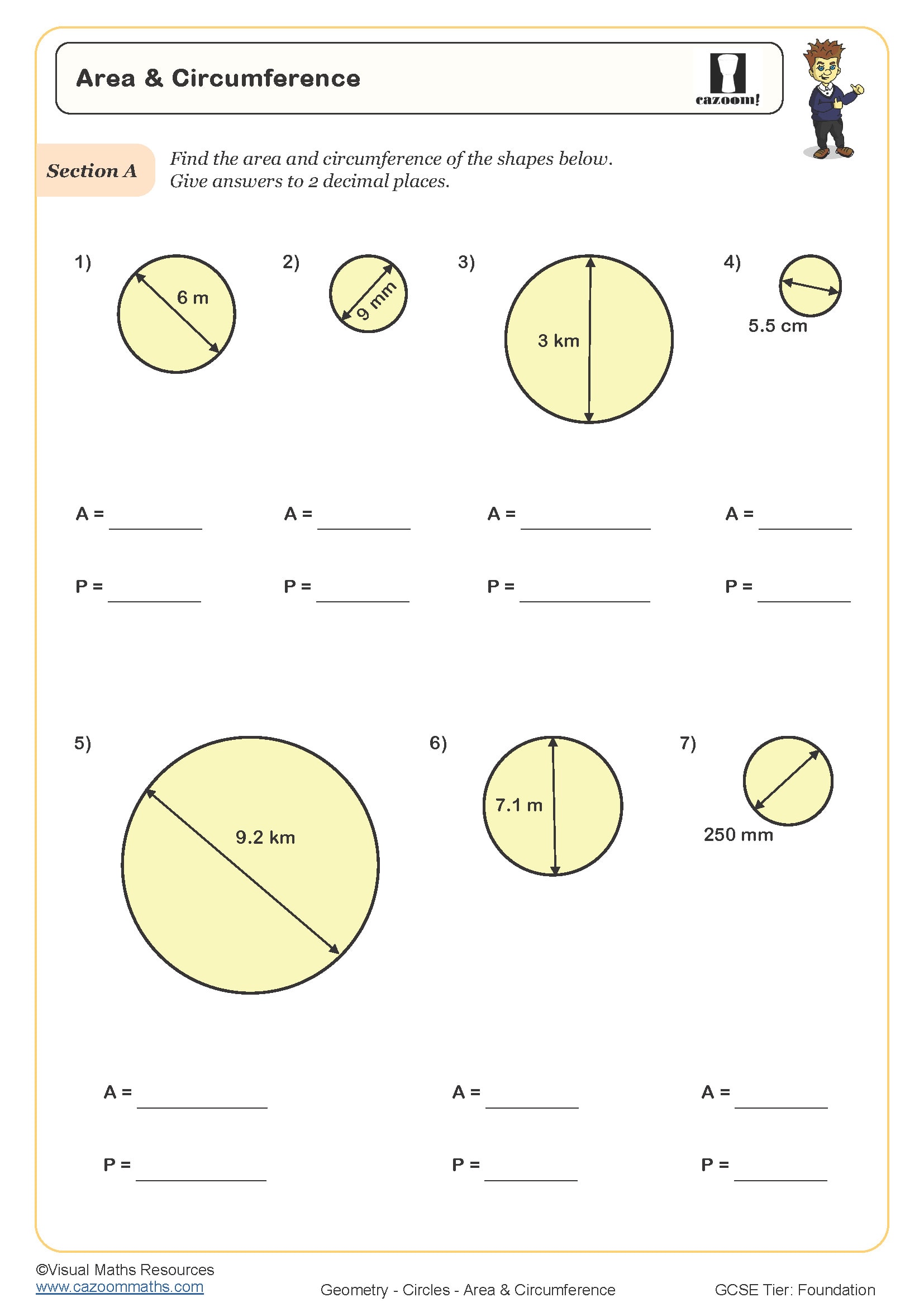
Area of 2D shapes
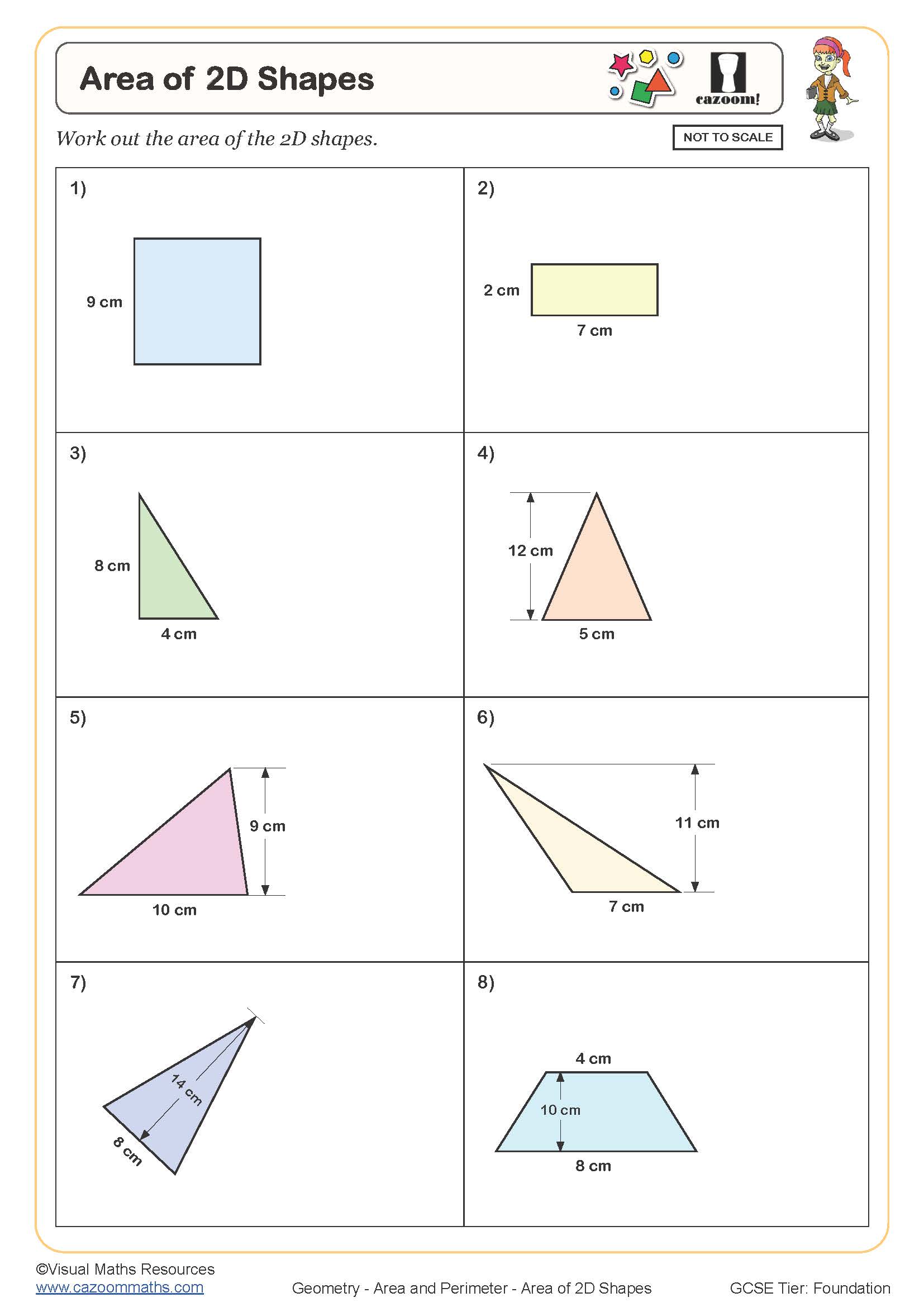
Area of a Kite
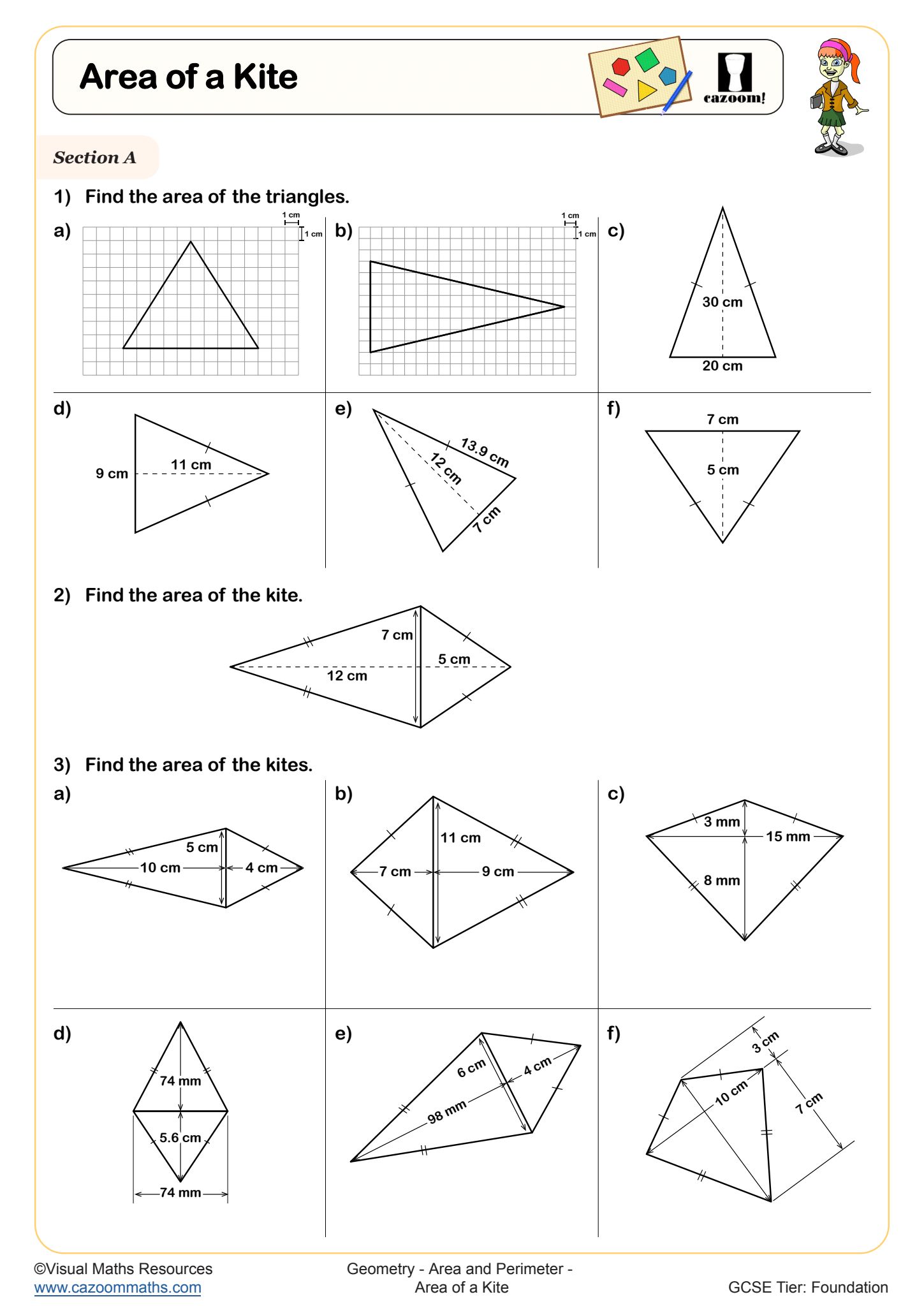
Area of Circles
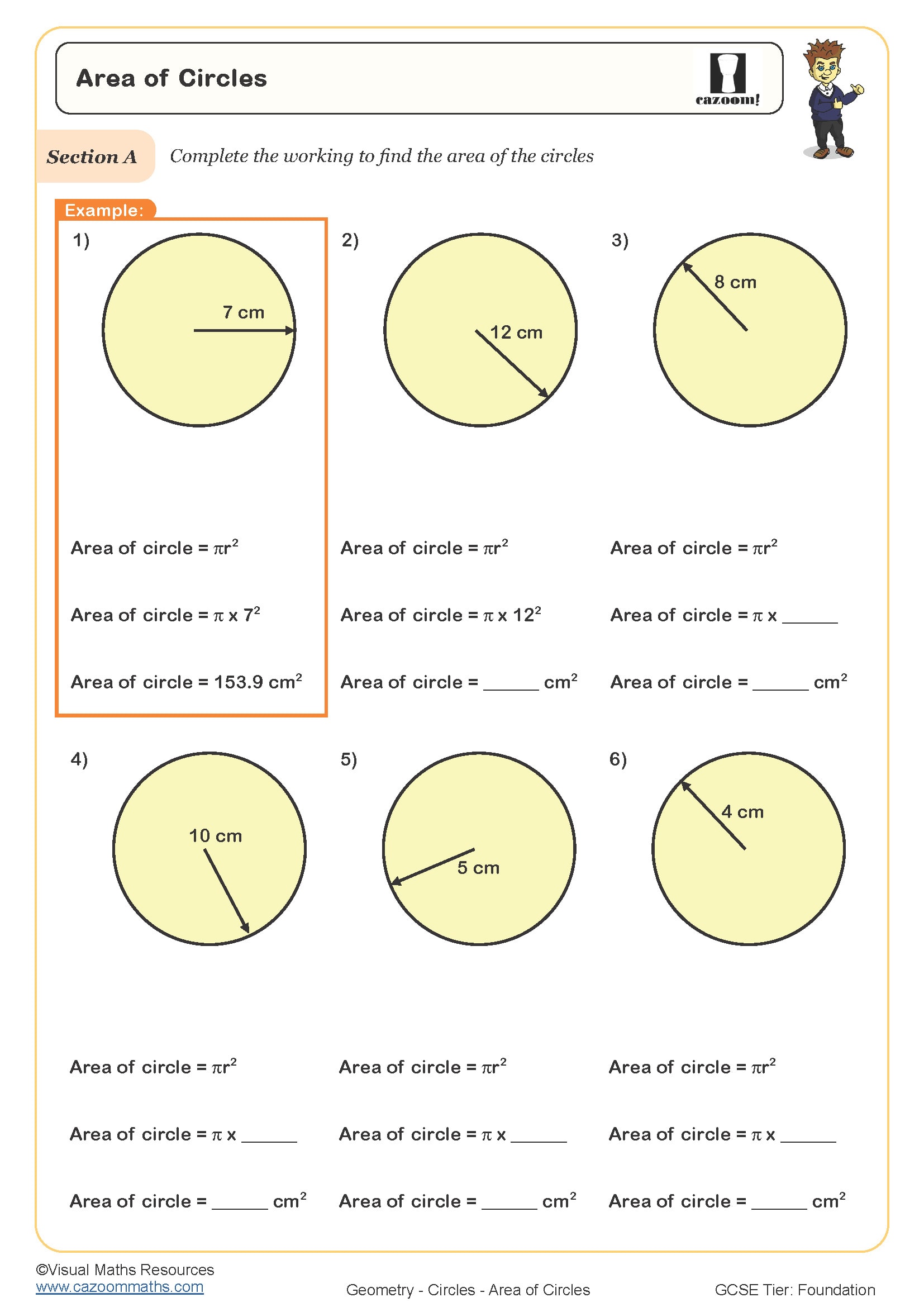
Area of Irregular Hexagons (L - Shapes)
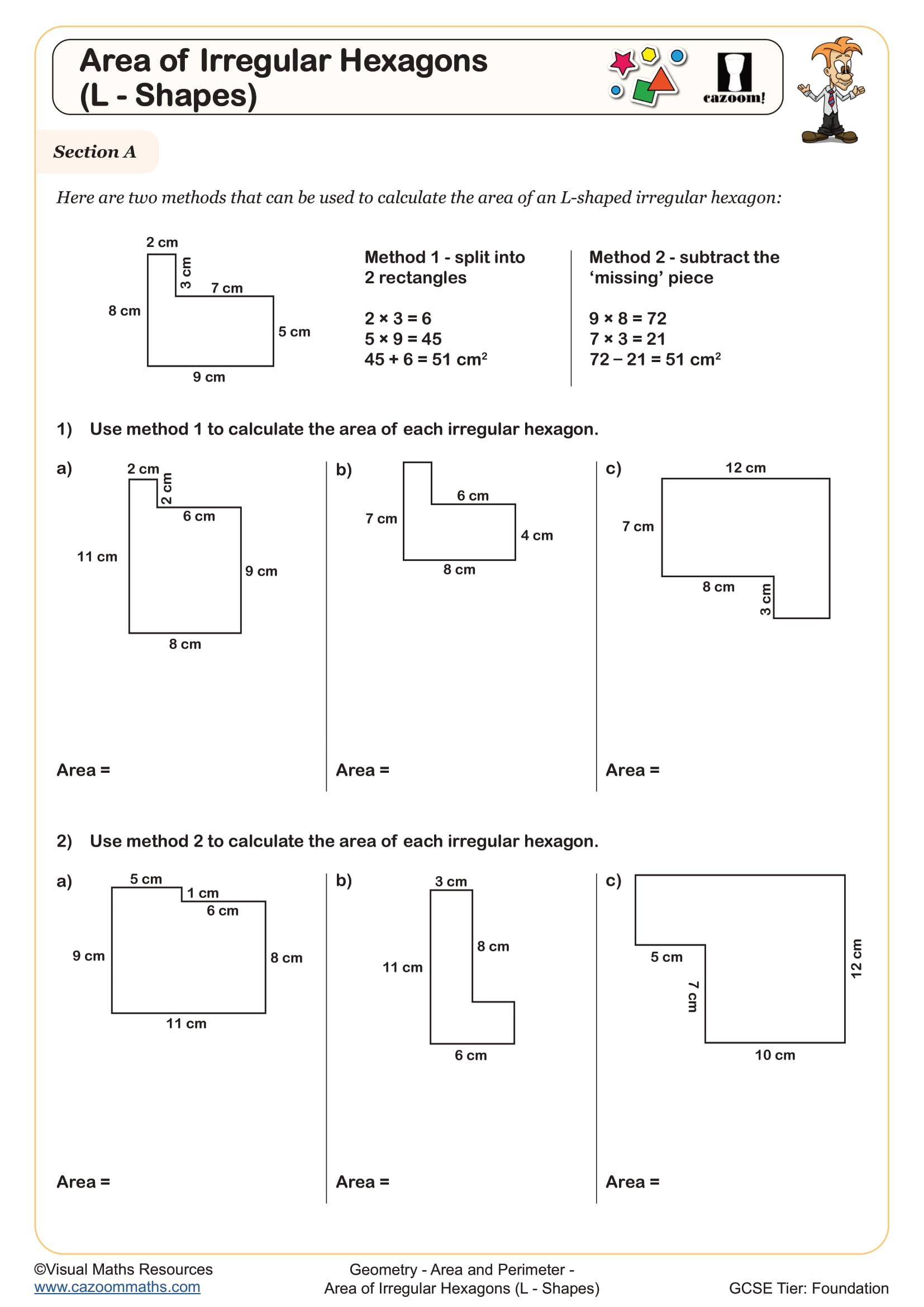
Area of Non-Right Angled Triangles
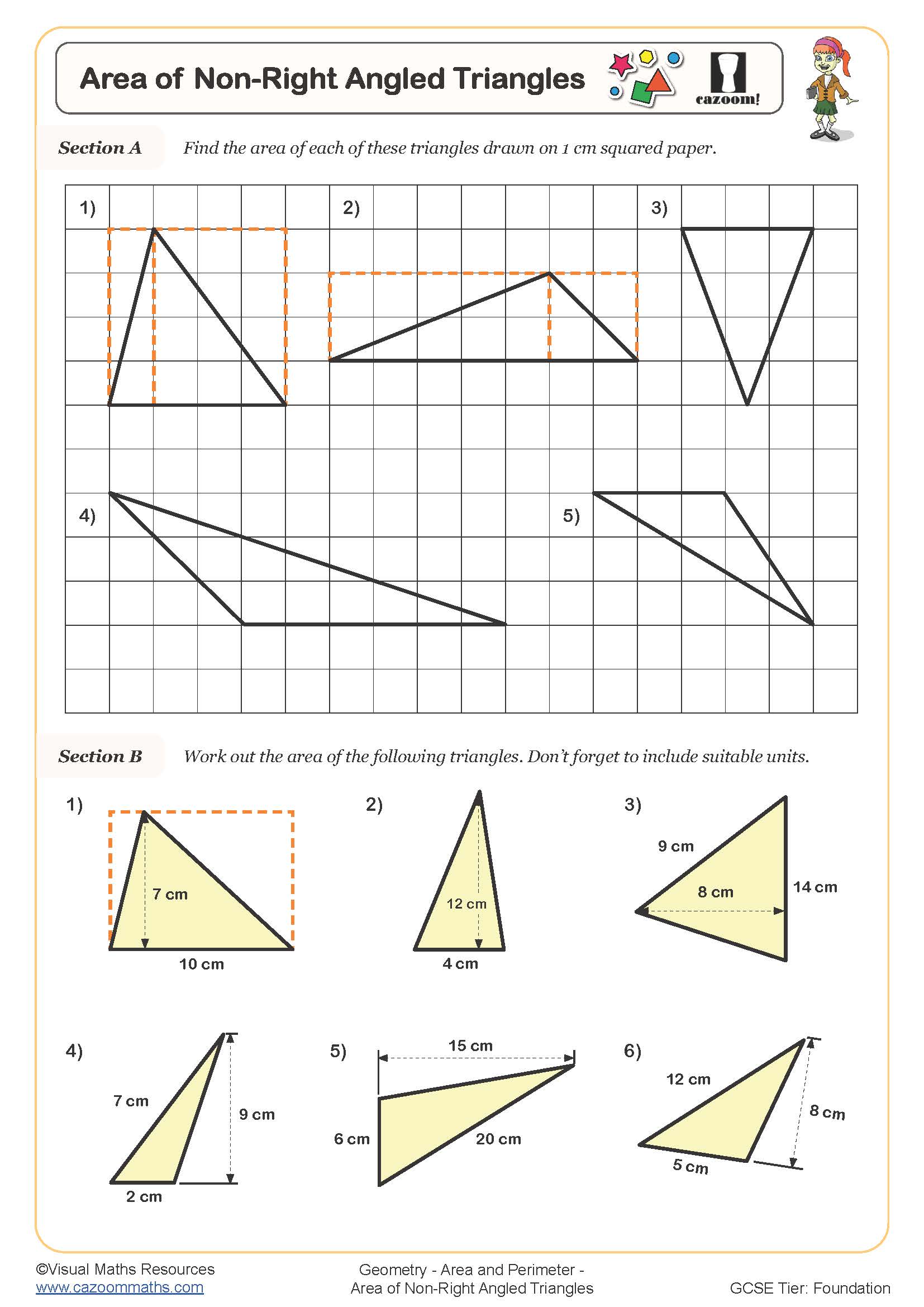
Area of Parallelograms
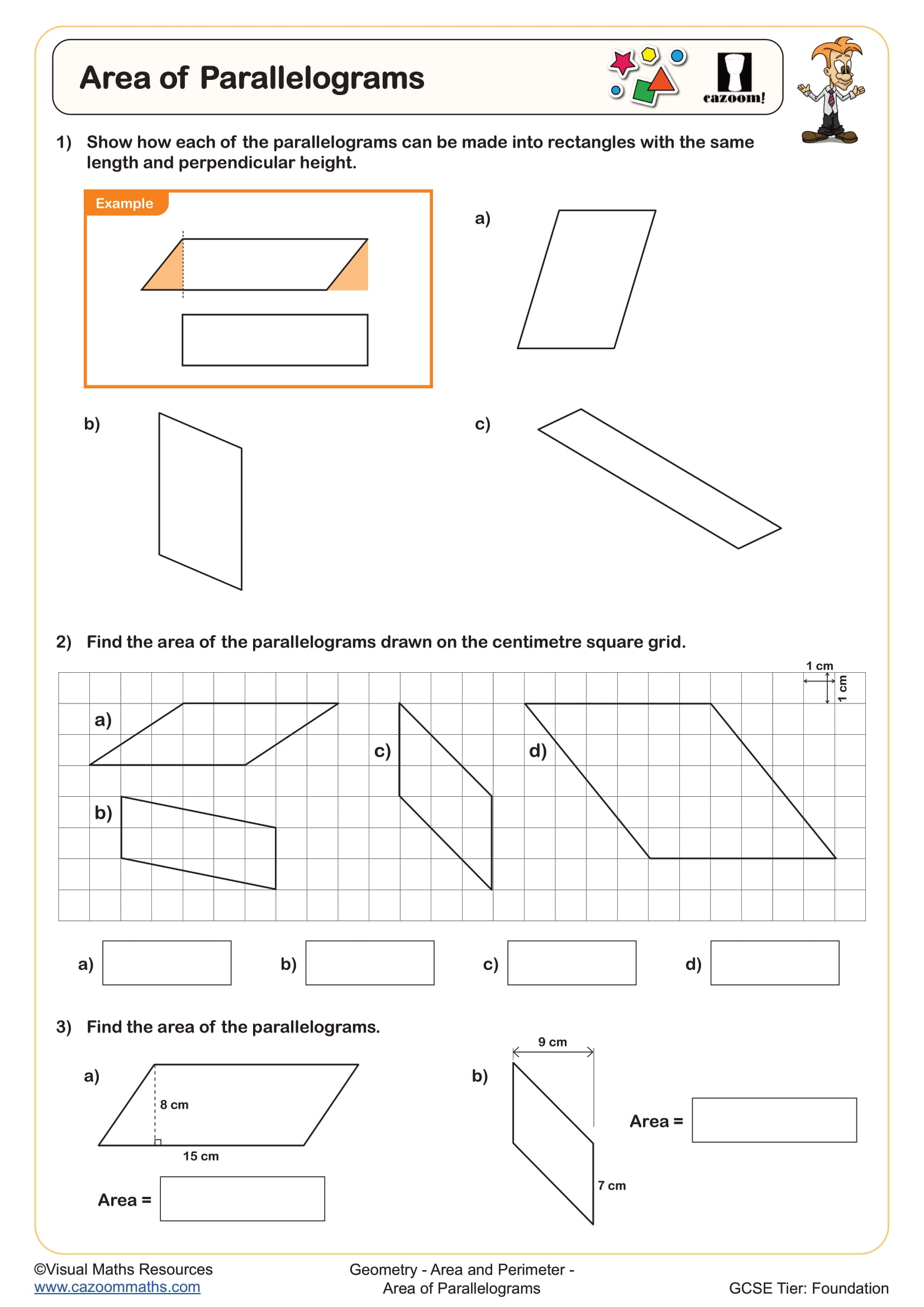
Area of Quadrilaterals (A)
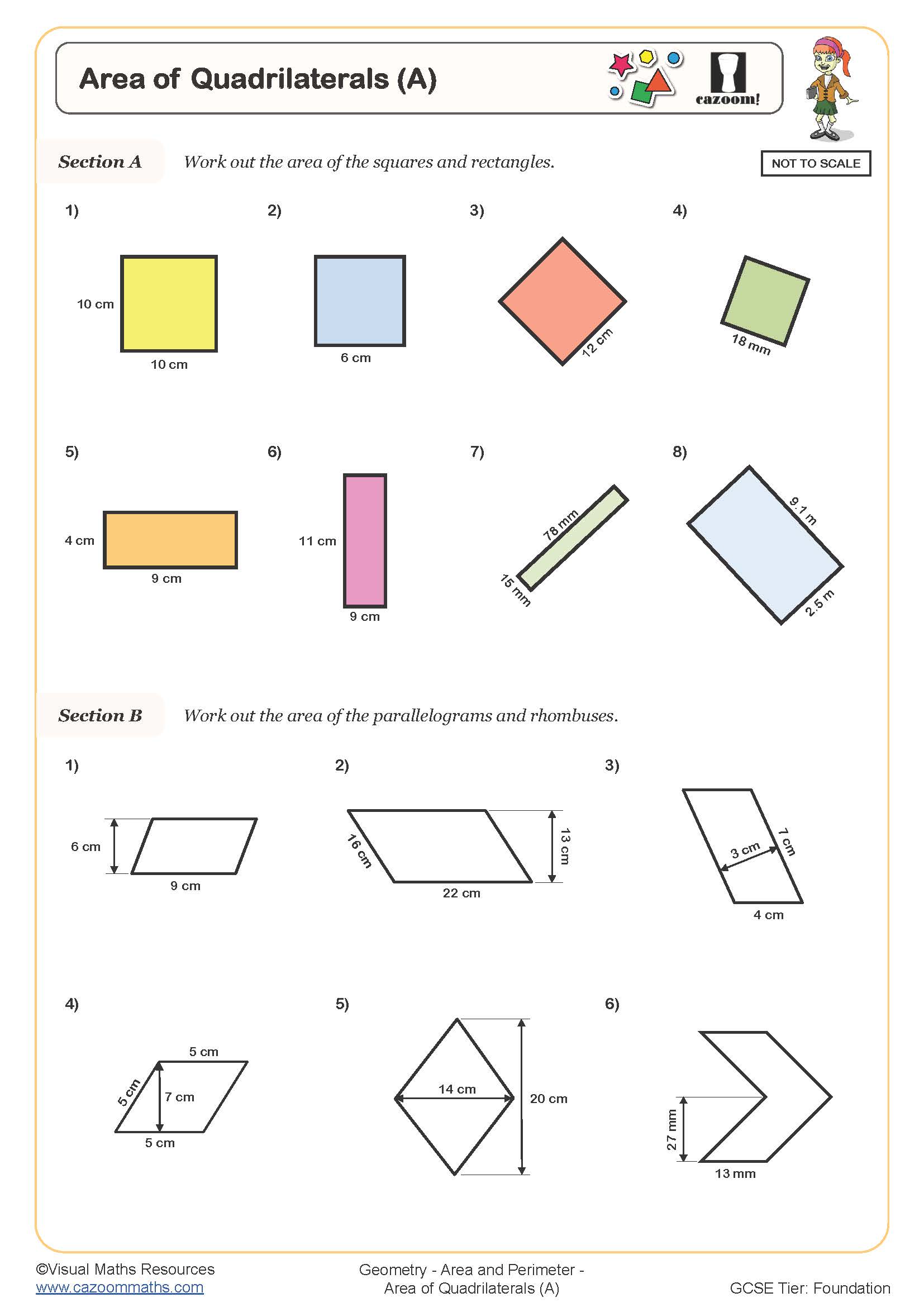
Area of Quadrilaterals (B)
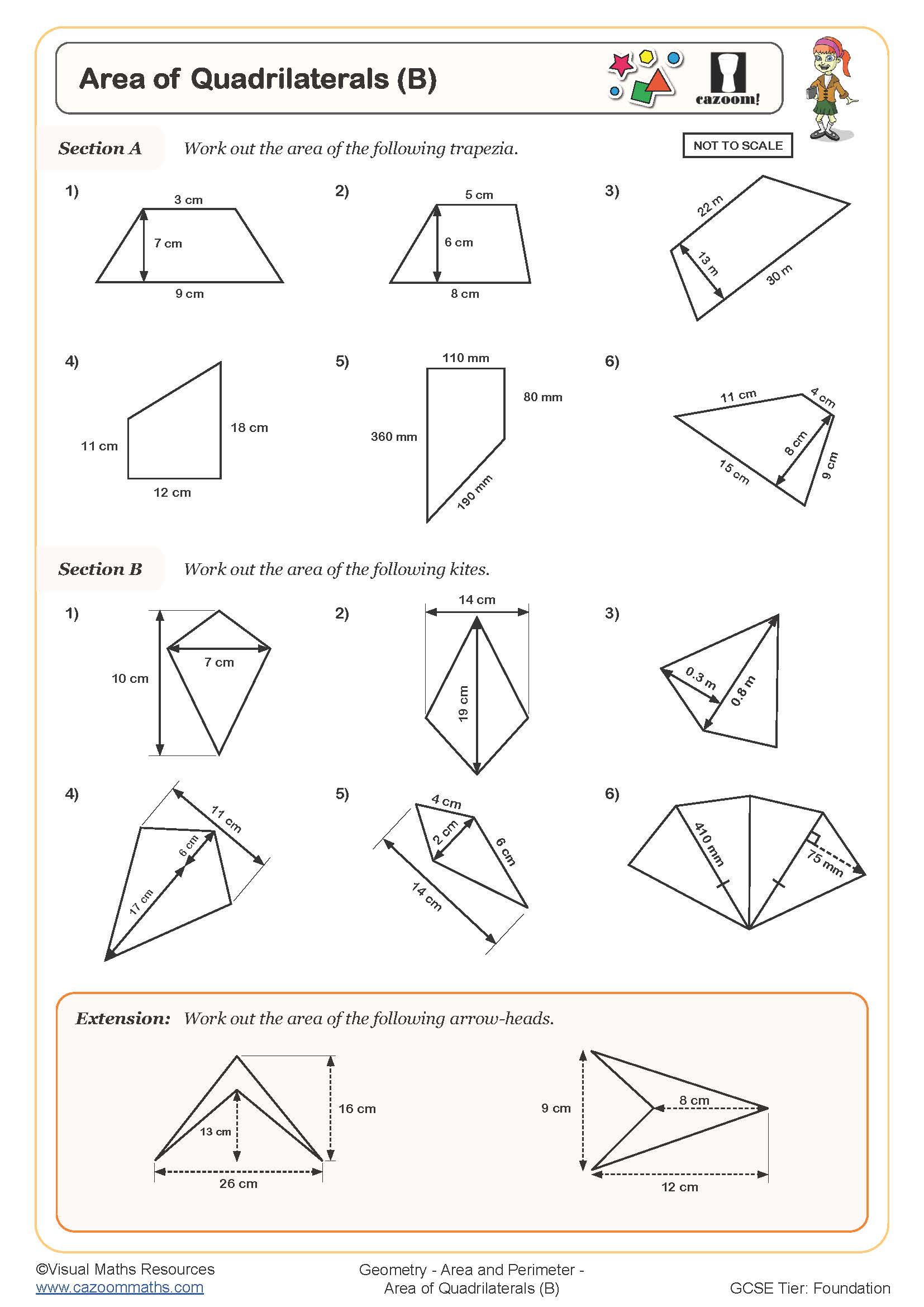
Area of Right Angled Triangles
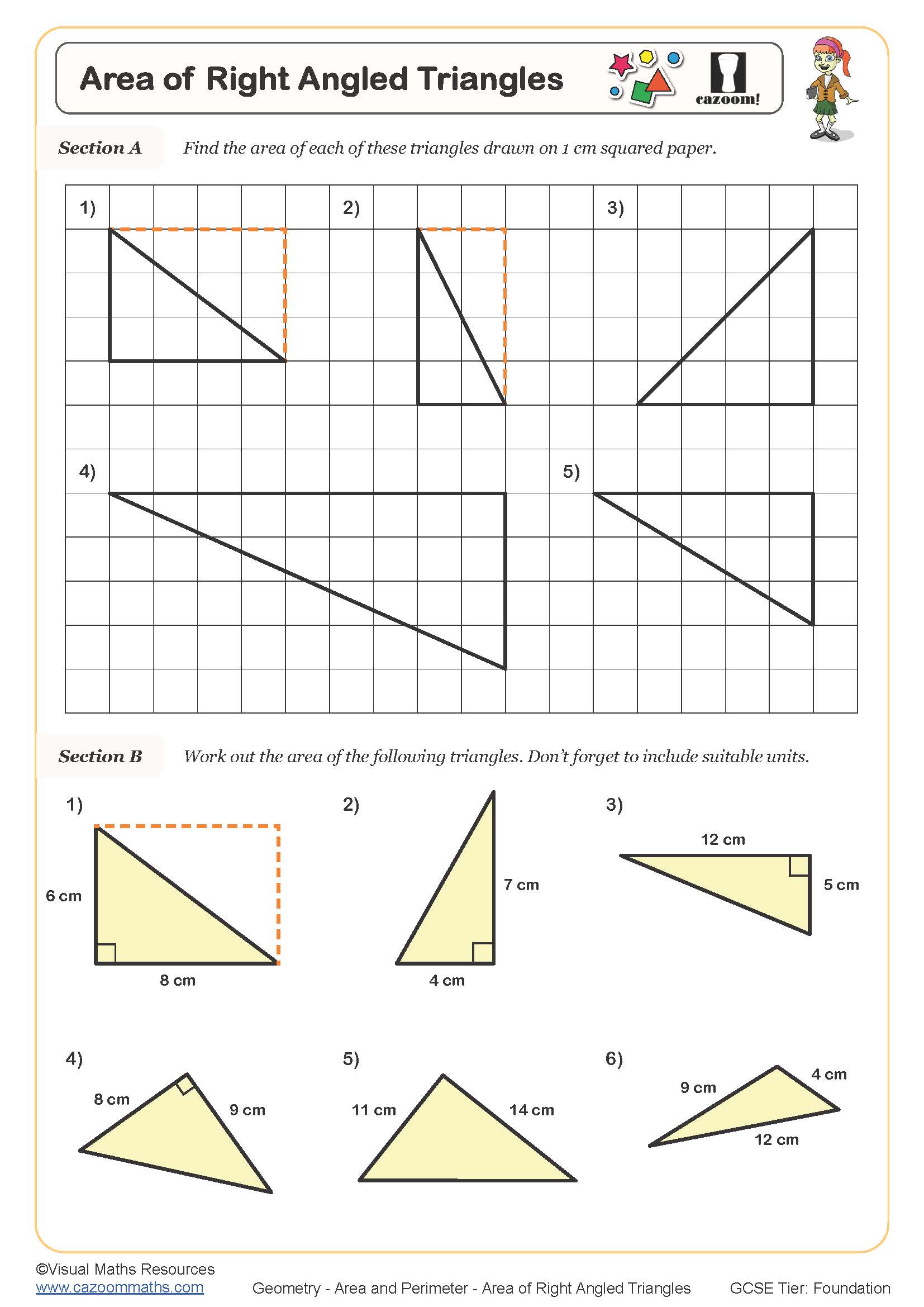
Area of Trapezia (A)
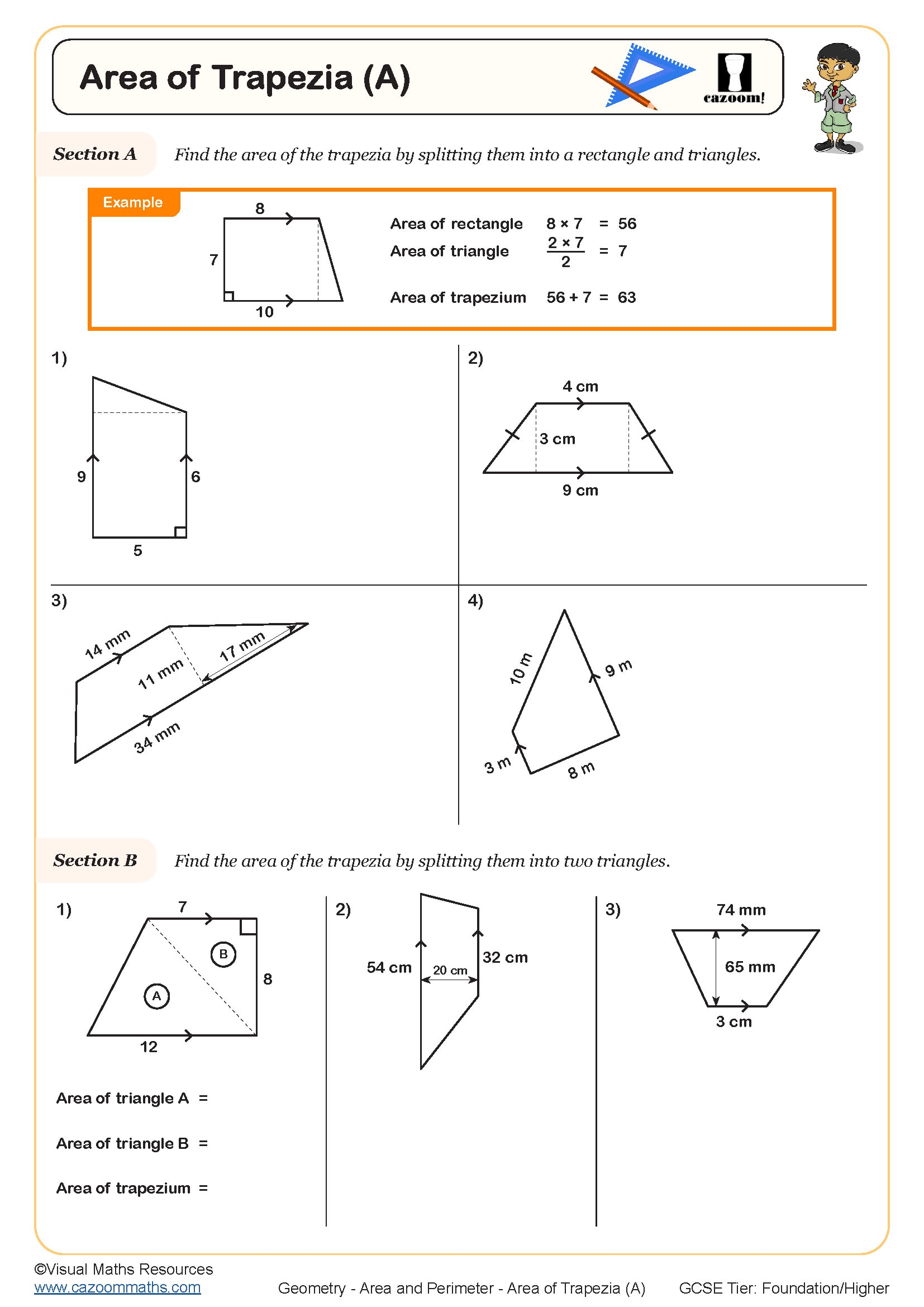
Areas of Kites

Circle Area Problems
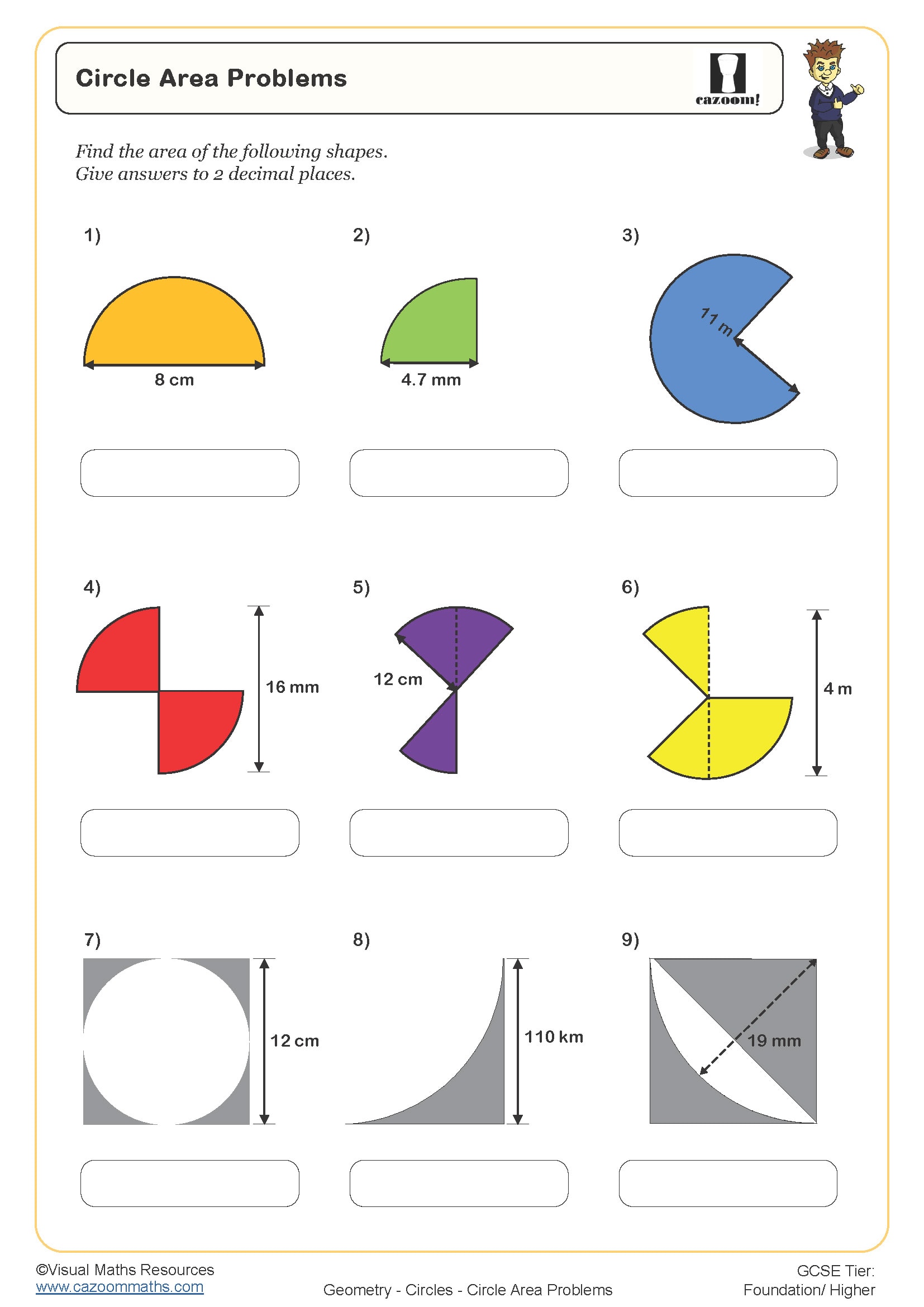
Circumference
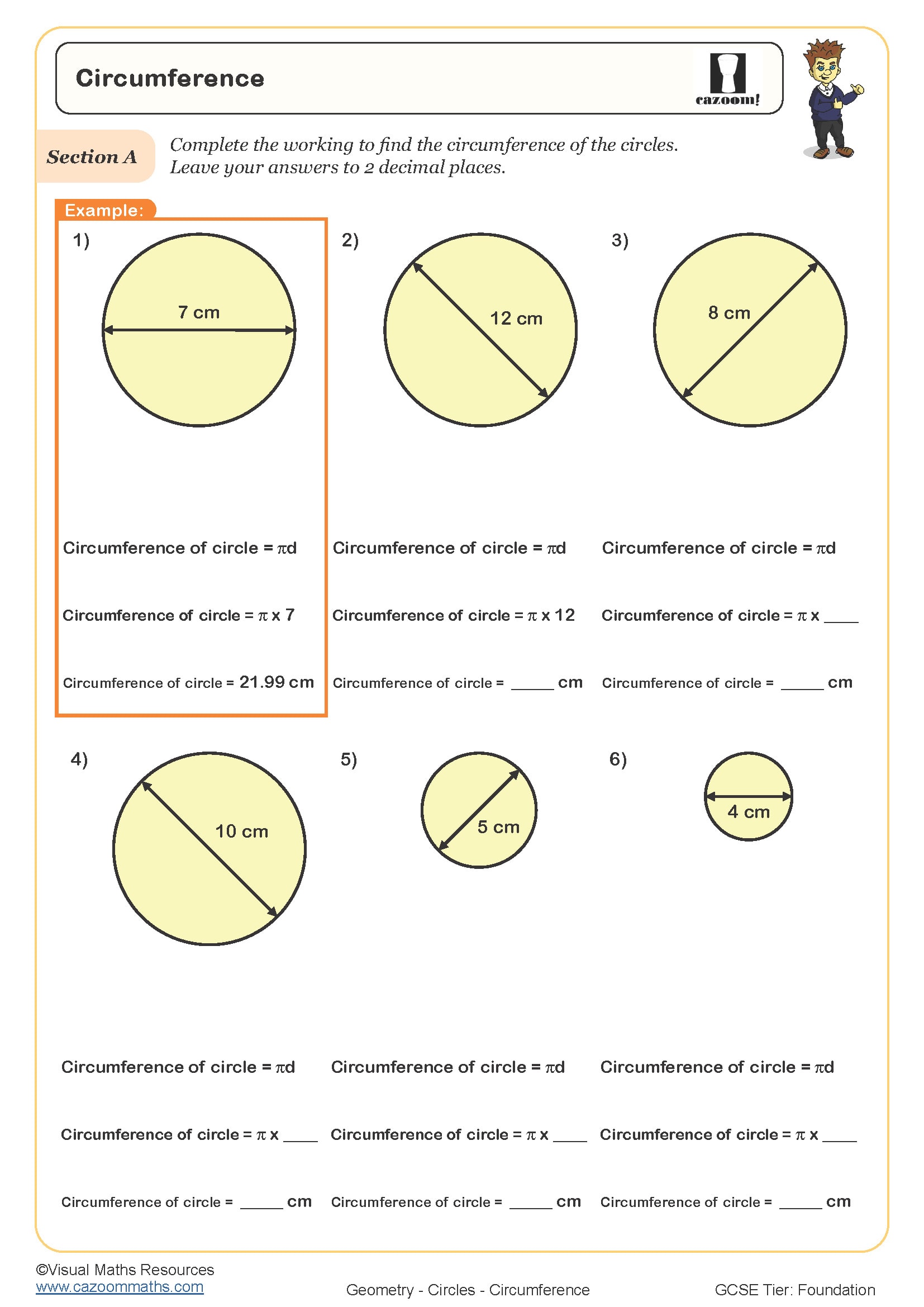
Compound Shapes (A)
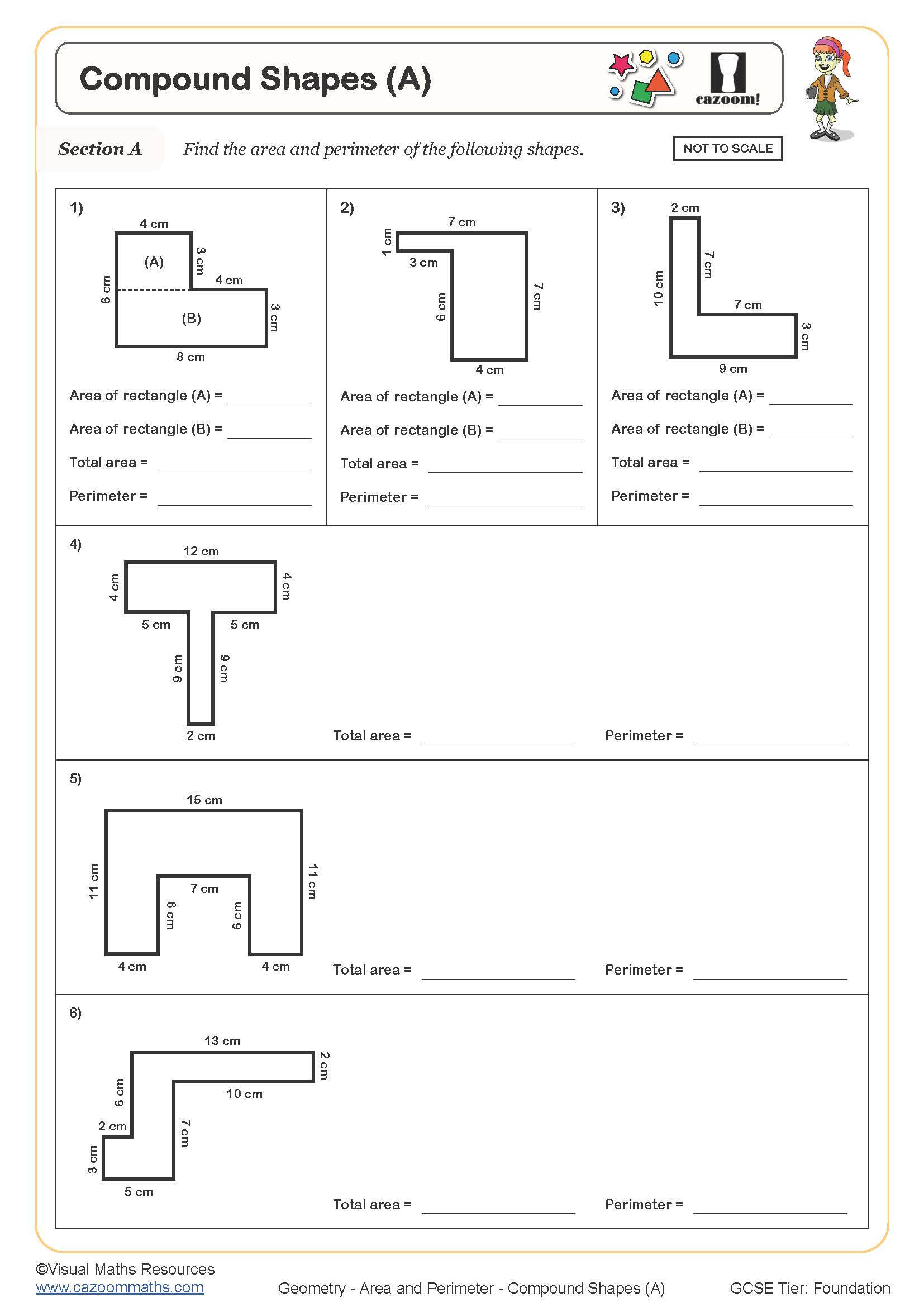
Compound Shapes (B)
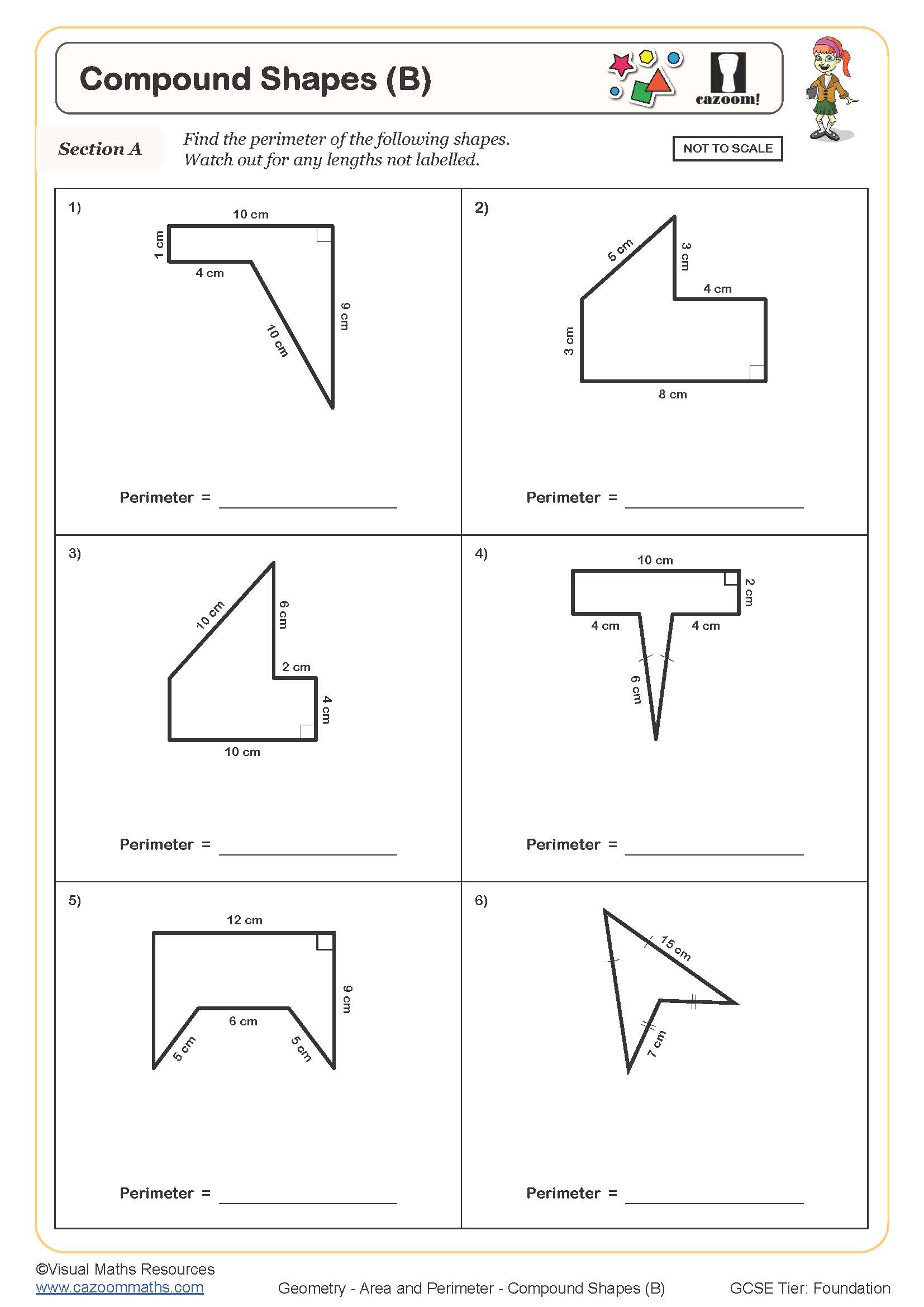
Perimeter
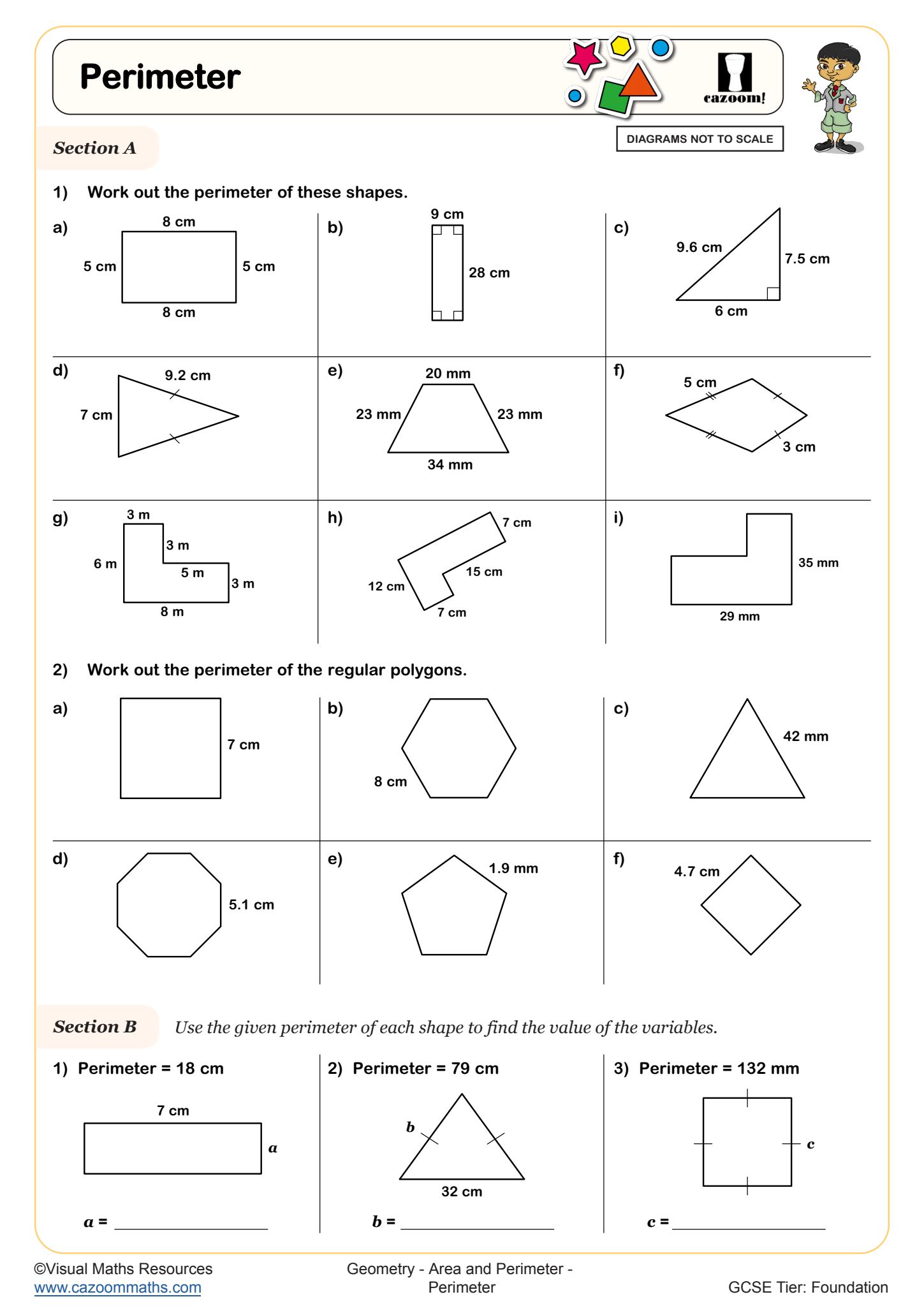
Perimeter of Rectilinear Shapes

Solving Equations Involving Area of Rectangles
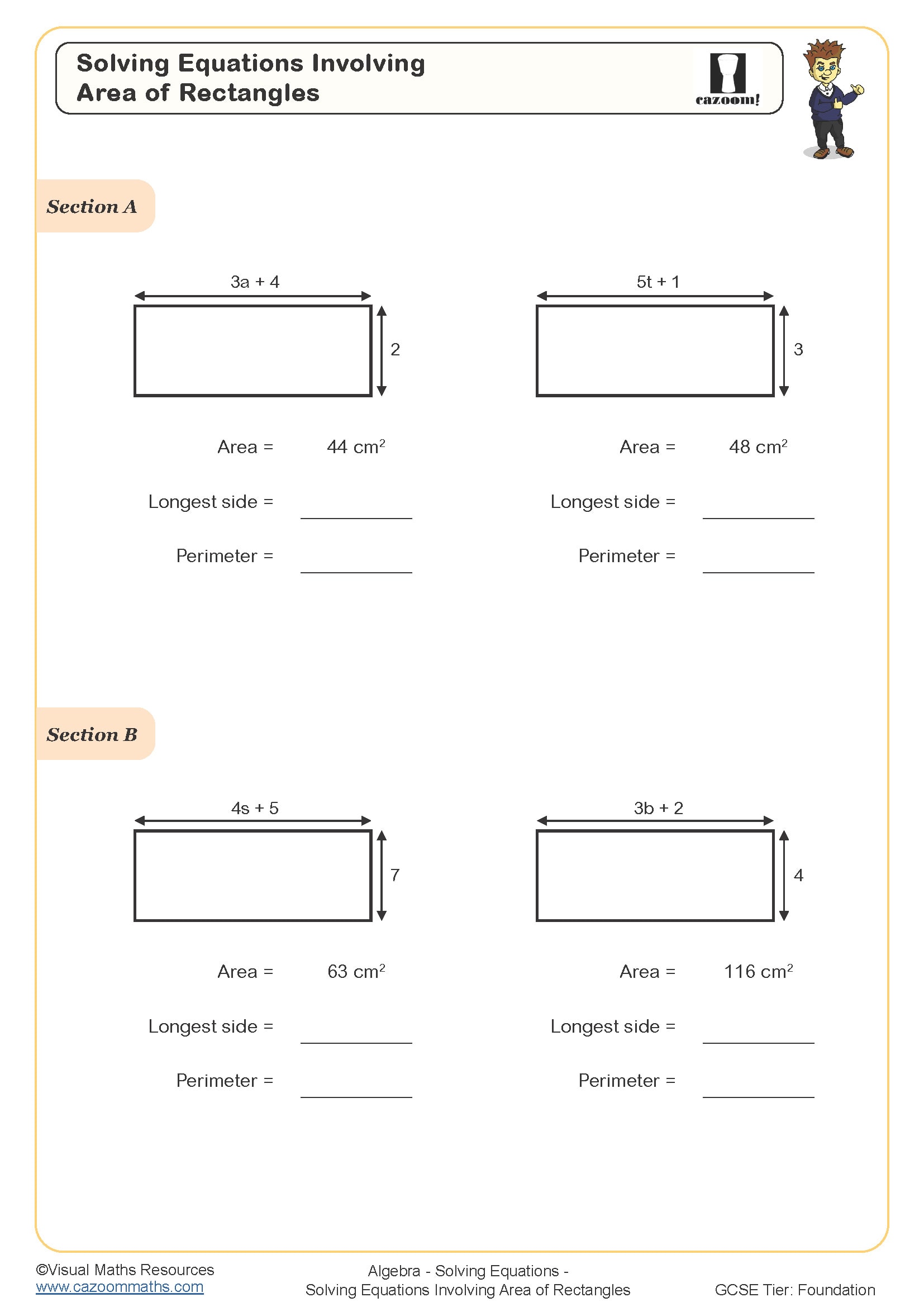
How Our Printable PDF Geometry Resources Build Confidence in Maths and Science
Your young pupils entering Year 8 geometry must learn to break down intricate shapes and understand complex spatial connections at increasingly advanced levels. Students who practice measurement calculations develop stronger connections between numerical operations and geometric properties, which enables them to recognise appropriate formula applications. The transition from counting squares to using algebraic expressions marks an essential development point in mathematical thinking. Students who understand these concepts learn adaptable problem-solving methods which apply to different subject areas. Students need to encounter different question types repeatedly to develop the flexibility required for solving non-standard problems. Download Cazoom Maths printable PDF, ready-to-use geometry activities right away to help your KS3 students.
Specific learning benefits include:
• Understand compound shape decomposition techniques
• Strengthens algebraic thinking through formula application
• Develops estimation and checking strategies
• Improves mathematical communication skills
• Builds spatial visualisation abilities
• Connects geometry to other topics
• Enhances logical reasoning processes
From Measuring Area to Compound Shapes: Which Geometry Concepts Students Will Learn?
These worksheets scaffold learning from basic perimeter calculations through to complex area problems involving multiple steps and unit conversions. Each resource balances computational practice with reasoning tasks that deepen geometric understanding. The materials introduce circle measurements and algebraic perimeters alongside traditional polygon work.
The core skills covered include:
• Rectangle and square calculations – applying length × width systematically
• Triangle areas – using base × height ÷ 2 correctly
• Parallelogram measurements – identifying perpendicular heights
• Trapezium areas – working with parallel sides and heights
• Compound shapes – breaking complex figures into simpler parts
• Circle circumference – introducing π in practical contexts
• Unit conversions – switching between mm, cm, and m confidently
• Problem-solving scenarios – interpreting worded questions accurately
• Algebraic perimeters – forming and simplifying expressions
Traditional Lessons or Worksheets? Why Year 8 Area and Perimeter Worksheets Work Best
The resources designed by experienced KS3 teachers strike an ideal balance between accessibility and appropriate challenge, which enables all students to participate meaningfully regardless of their starting level. The worksheets present a logical structure with increasing complexity that allows teachers to differentiate instruction without needing separate versions for each student. The answer sheets contain worked solutions which demonstrate the mathematical reasoning behind correct answers, thus reducing grading time and offering immediate clarification. The diverse range of question types stops students from performing mechanical work, so they must dedicate attention to each problem. Visual representations help students who have difficulty with abstract numerical work because they make geometric concepts both understandable and memorable. Teachers find great value in the assessment-style questions because they avoid becoming dull repetition.
Practical Area and Perimeter Examples KS3 Students Face Daily
Understanding measurement calculations equips students with practical skills spanning creative industries, technical trades, and everyday decision-making.
• Interior design – calculating paint quantities and flooring materials
• Garden planning – determining fence lengths and lawn areas
• Construction work – estimating materials and costing projects
• Sports field marking – understanding pitch dimensions and boundaries
• Packaging design – optimising material usage and box construction
• Architecture drawings – interpreting scale plans and blueprints
• Land surveying – measuring plot sizes and property boundaries
• Environmental science – calculating habitat areas and conservation zones